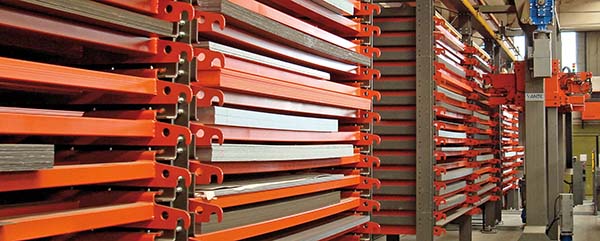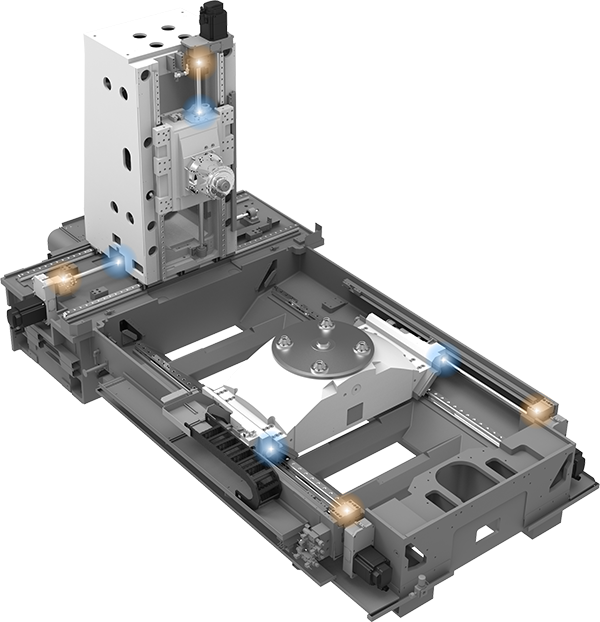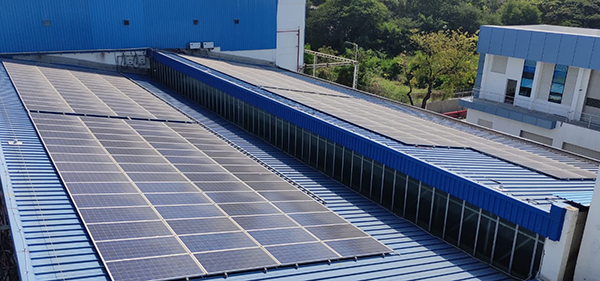
Sandvik has acquired US-based Dimensional Control Systems (DCS), a global provider of dimensional quality management software and on-site engineering services. DCS’s offering will complement and enhance Sandvik’s existing portfolio within metrology. The company will be reported in the Industrial Metrology division, within the Sandvik Manufacturing and Machining Solutions business area. DCS’s software solutions include CAD simulation tools, enabling customers to improve and validate their component design and metrology measurement plan.
For further information www.3dcs.com























